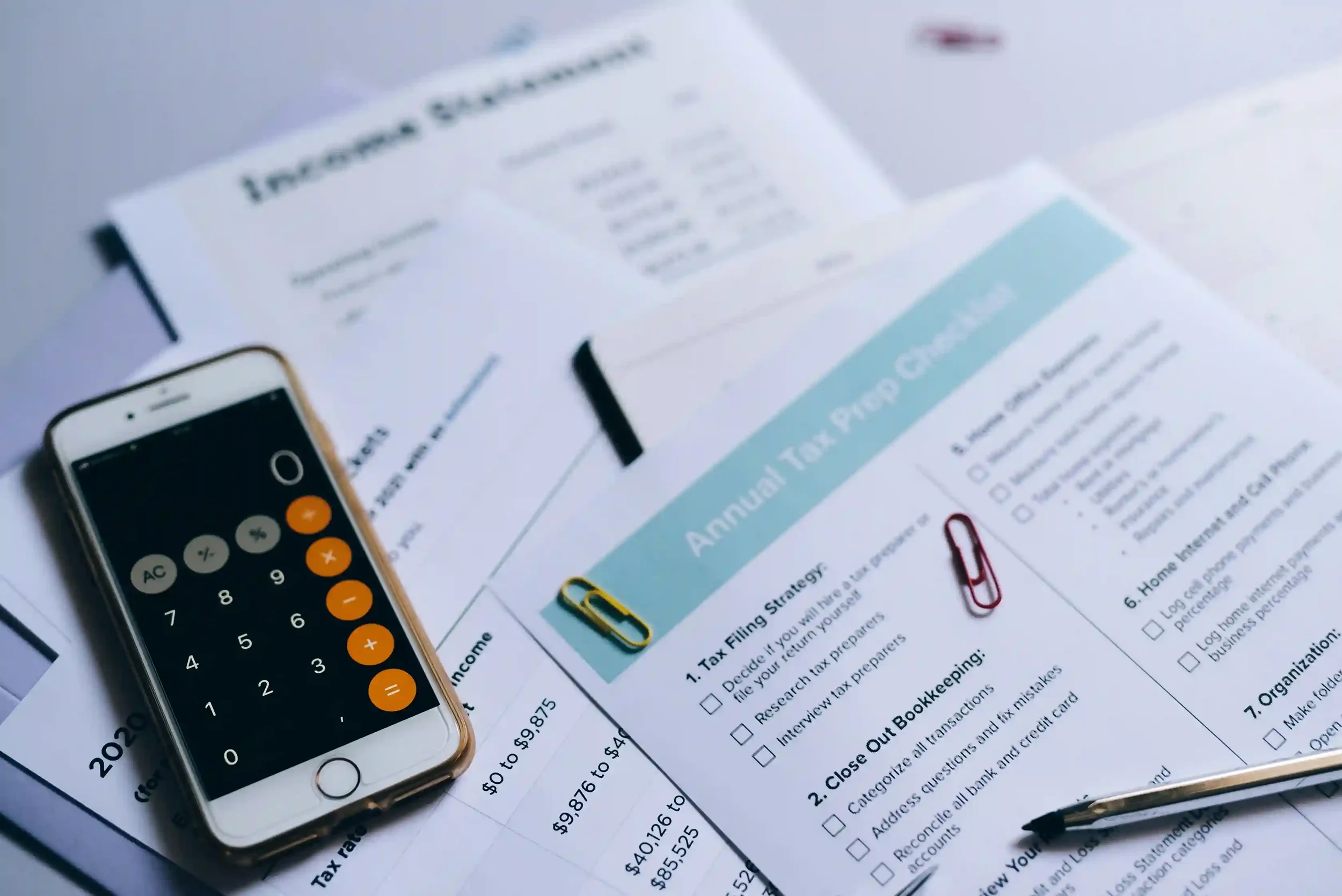Taxes & the Role of Government
Taxes aren’t bad - they build our cities.
Help students understand the social purpose of taxes, how governments use them for public good, and the importance of fairness and responsibility in financial contribution.
Enrolled Students: 726
Course Level: Beginner
Lessons: 4
Language: English
Subtitle: English
Additional Resources:
Case study, worksheet templates, sample answers
Duration: 2h 30m
Certificate: Upon completion of the course
Course Table of Content
-
Learn how public goods like schools, hospitals, and roads are funded.
Understand the difference between private and public benefits.
Discuss how everyone’s small contribution helps the larger community.
Connect taxes to real-life improvements students see daily.
-
Explore different kinds of taxes: Income Tax, GST, Customs, and Property Tax.
Understand how and when people or businesses pay them.
Use simple, fun visuals (pie charts or flow diagrams) to show how each works.
Relate taxes to everyday examples like buying a snack or earning income.
-
Learn how the government plans and distributes money through its budget.
Understand spending categories like healthcare, education, and infrastructure.
Discuss how governments balance needs, priorities, and fairness.
Explore examples of how public projects are funded.
-
Students “earn” classroom currency and pay a small % as tax.
The collected money is used to fund shared class “projects” (roads, parks, schools).
Observe how taxes benefit everyone, even those who pay less.
Reflect on why fair contribution keeps societies functioning.
-
Form mini-societies where each student has a role (citizen, business, government).
Collect taxes and decide together how to allocate funds (schools, transport, parks).
Discuss trade-offs and disagreements over budget priorities.
Present the final “city plan” and explain spending decisions.
-
Complete a worksheet matching types of taxes to their real-life examples. Create a mini-budget showing how tax revenue can be distributed fairly. Reflect on how taxes improve lives and why some systems are more equitable than others.
Bonus: Write a short opinion paragraph on “Are taxes fair?” supported by examples.
This section will unlock after completion of the course.
Assignment
Plan to dedicate 1–2 hours each day to explore workshop videos, participate in tax simulations, and complete group activities on budgeting and fairness. This hands-on approach will help you understand how governments use taxes, why contribution matters, and how public spending supports the community’s growth and well-being.
Prerequisites
A basic understanding of money concepts such as income, expenses, and budgeting will be helpful. Comfort with simple math operations (addition, subtraction, percentages) is recommended. All activities are beginner-friendly, using storytelling, visuals, and role-play to make learning about taxes fun, practical, and relatable.
Materials
Students will need a notebook or digital device (laptop/tablet) for completing worksheets, creating mini-budgets, and participating in simulation activities. Access to Google Sheets or Excel will help calculate tax percentages and plan budgets. A stable internet connection is required for interactive sessions and online simulations. All templates, activity sheets, and classroom currency materials will be provided to support immersive, experiential learning.
What Our Learners Say
“I always thought taxes were just annoying, but this course showed me they actually build the schools, parks, and hospitals we use every day. Makes sense now!”
“The city-building simulation was my favorite. Collecting ‘taxes’ and deciding where to spend them helped me understand why fairness and planning really matter.”
“I didn’t know there were so many types of taxes. Learning how each one works and where the money goes made me feel more responsible as a future citizen.”
“The lessons were simple but eye-opening. Seeing how our contributions help the community made taxes feel less like a chore and more like teamwork.”
Need a Little Extra Clarity?
Our team is just a message away. Browse the FAQs first, or reach out directly — we love hearing from you.

